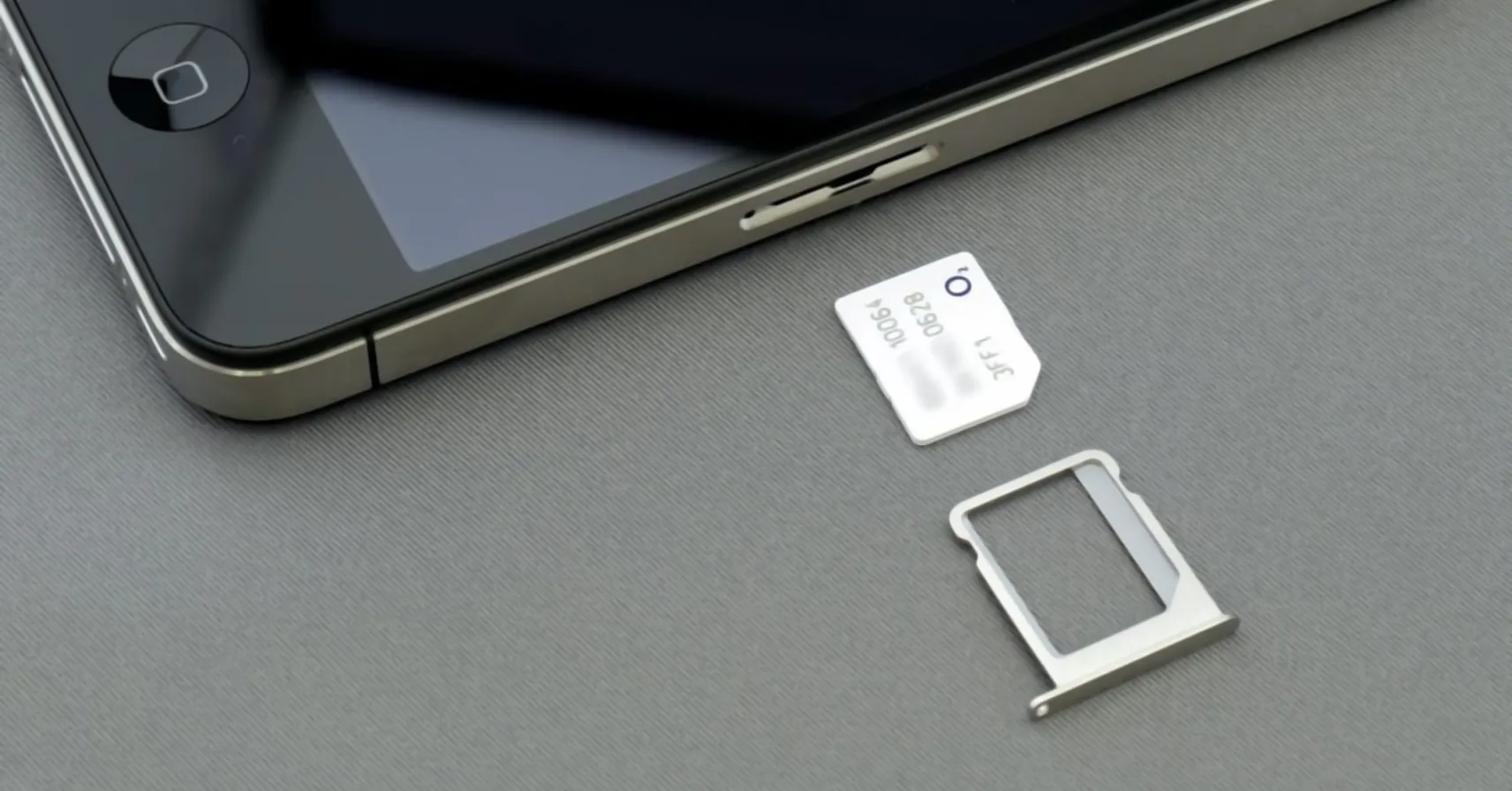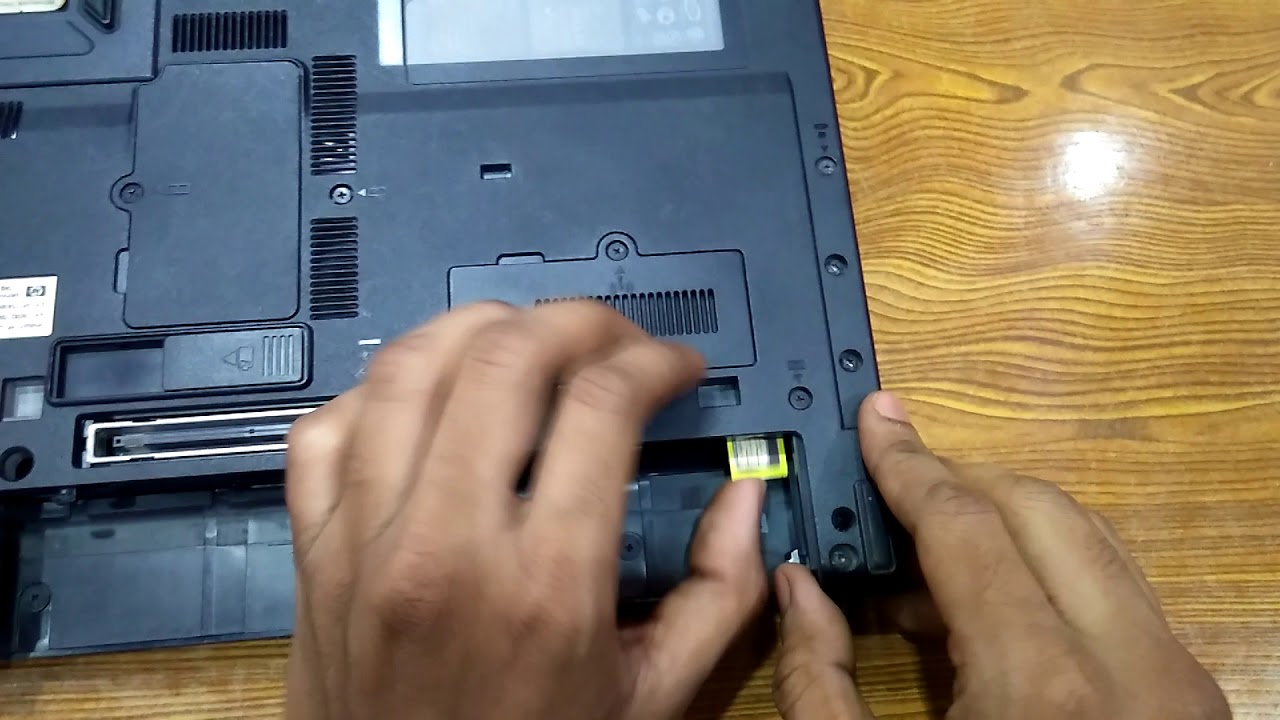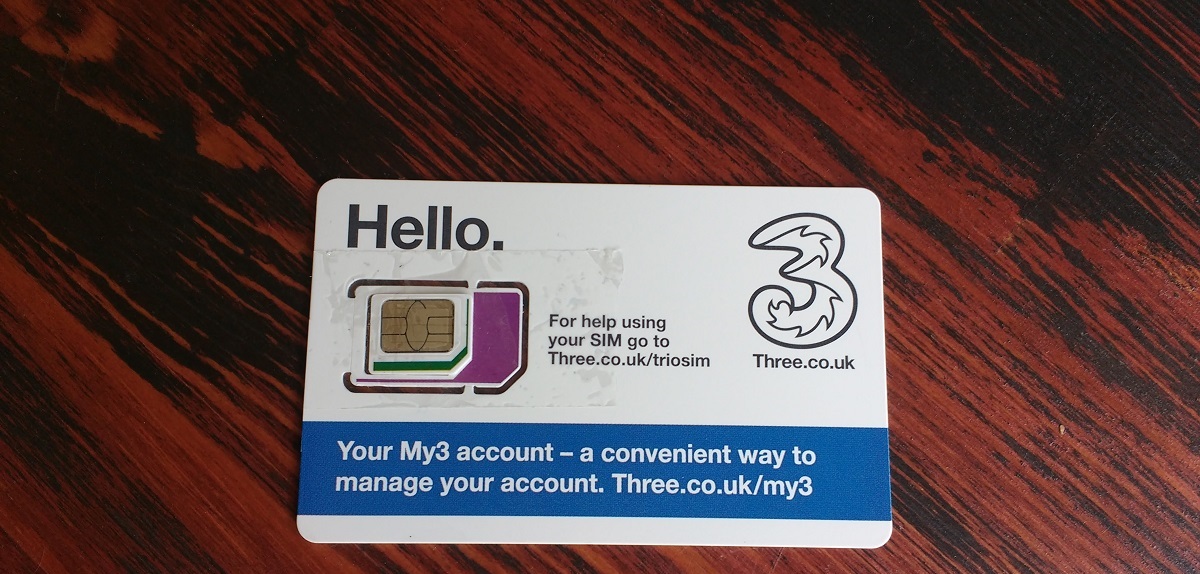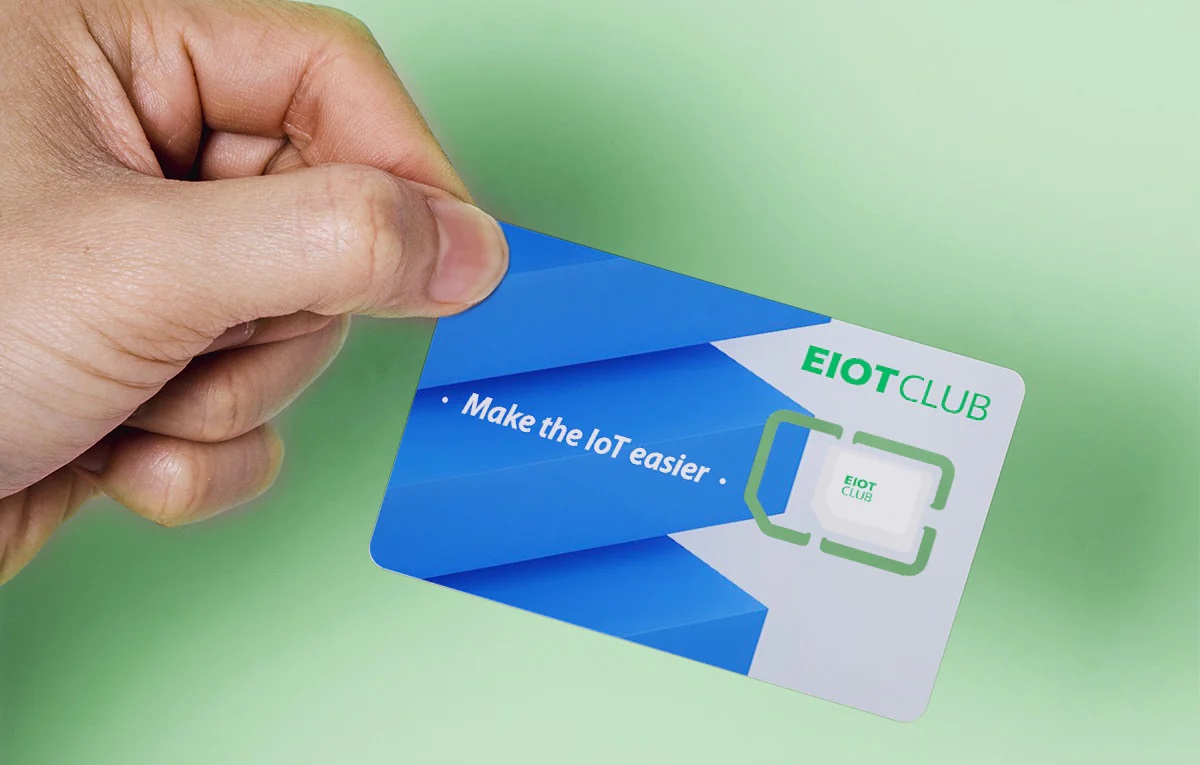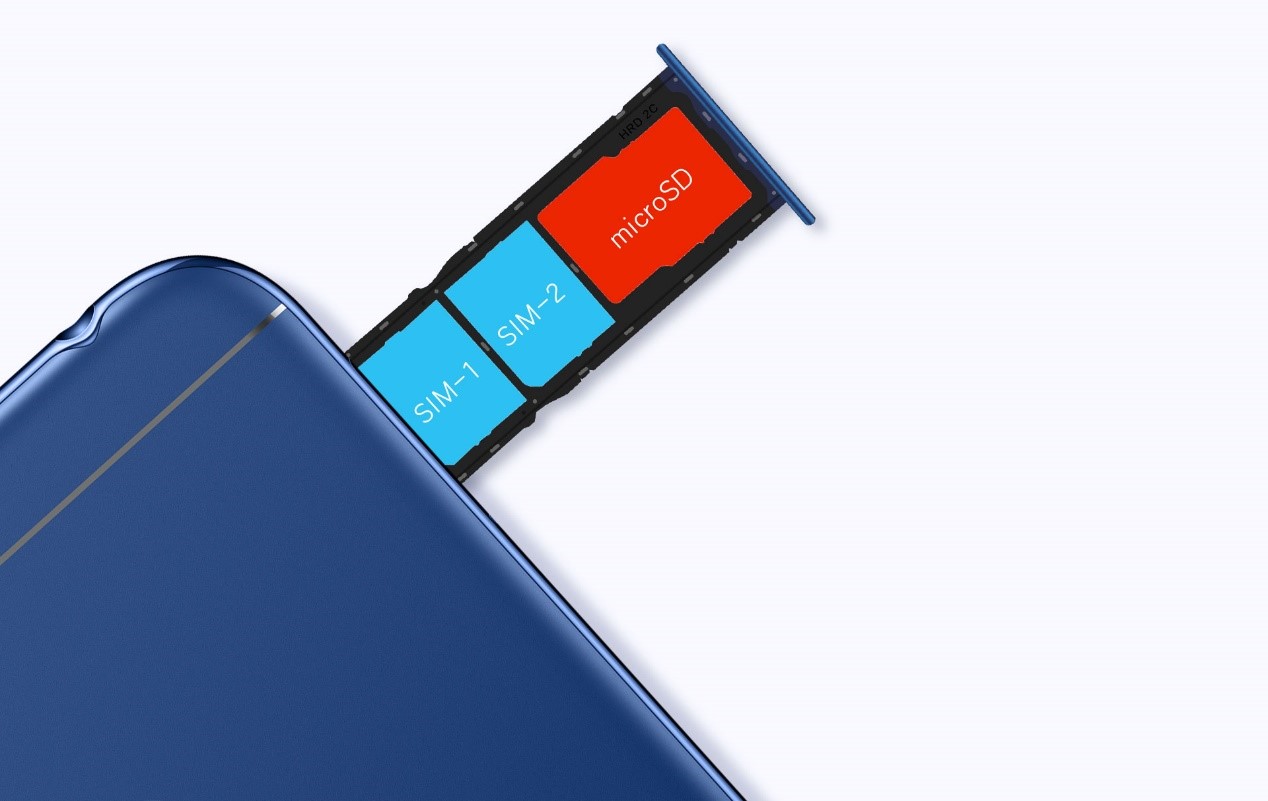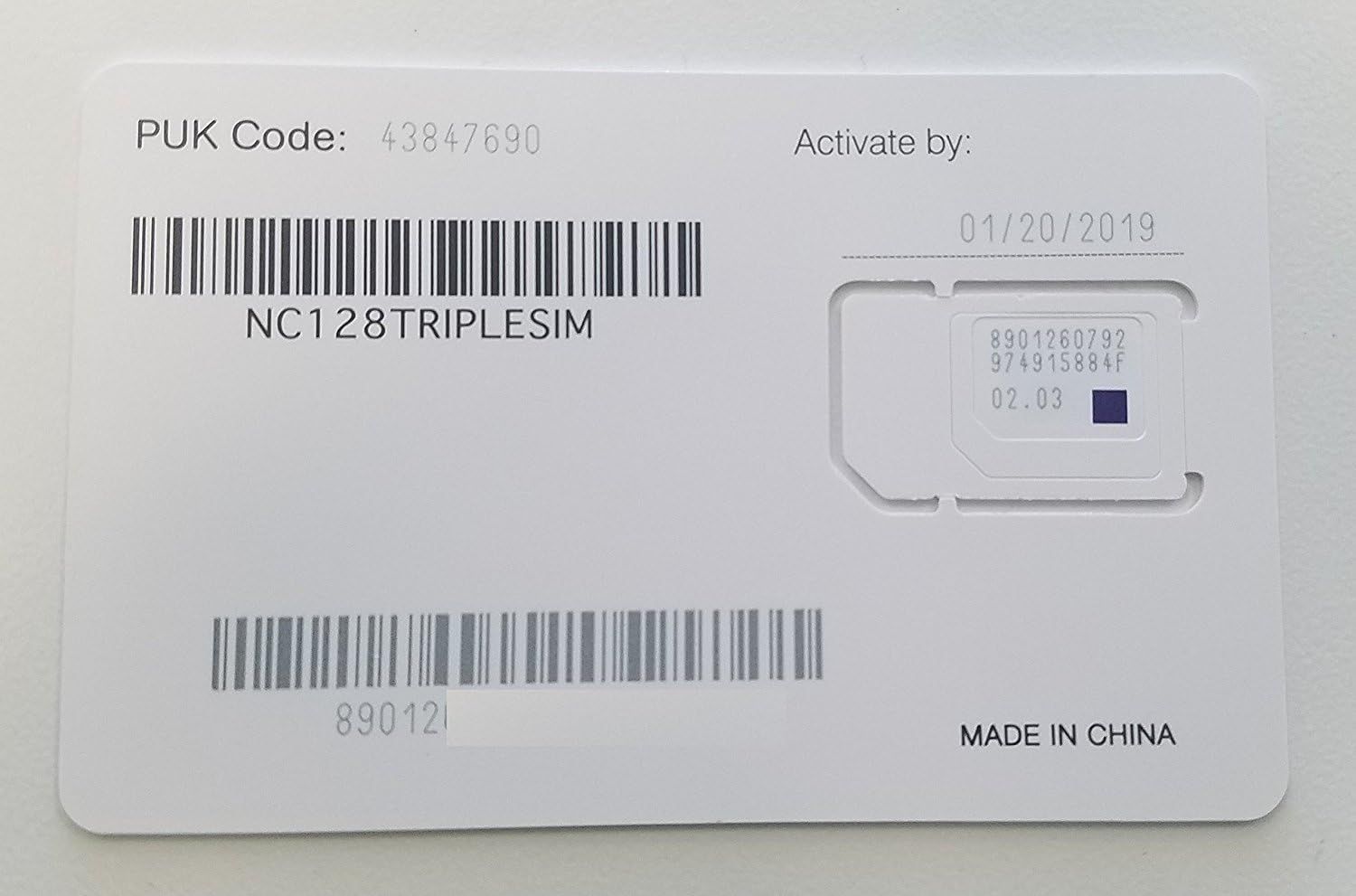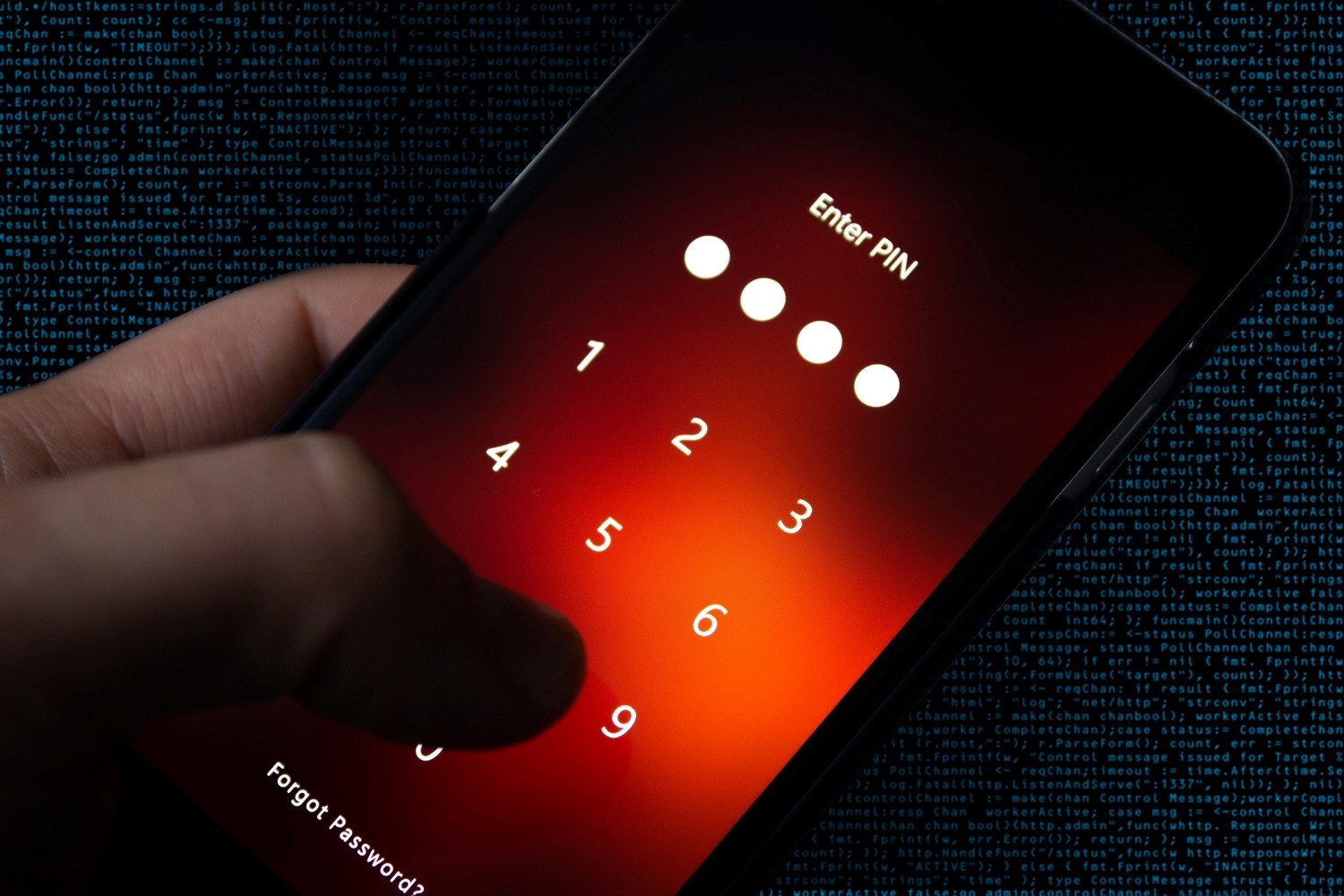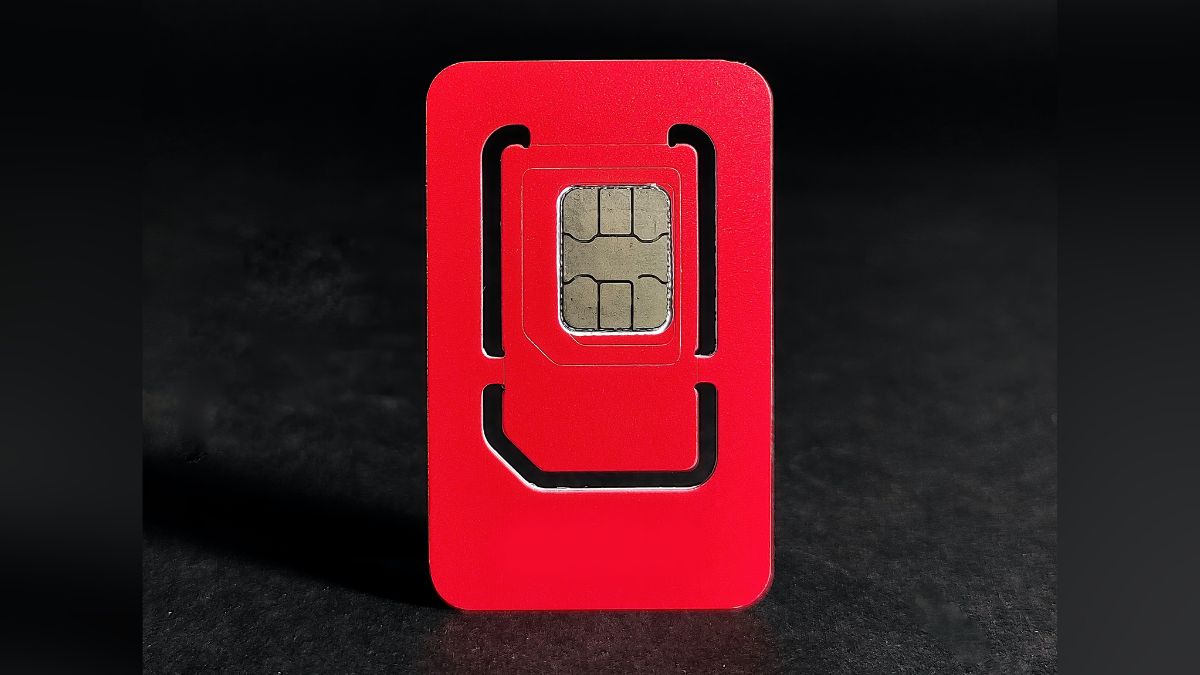Understanding the SIM Card
A Subscriber Identity Module (SIM) card is a small, portable memory chip used in mobile devices to store information that authenticates subscribers on cellular networks. Understanding the essential components and functions of a SIM card is crucial for optimizing its usage and ensuring seamless communication.
Key Components:
- Chip: The SIM card contains a microprocessor that stores data and performs authentication processes.
- Contacts: These metallic areas on the SIM card establish connections with the device, enabling data transfer.
- Information Storage: The SIM card stores essential details such as the subscriber's identity, phone number, contacts, and text messages.
Functions:
- Subscriber Identification: The SIM card uniquely identifies the subscriber to the network, allowing access to personalized services and billing.
- Authentication: It authenticates the subscriber's identity, ensuring secure access to the network.
- Storage: The SIM card retains contact information, text messages, and other data, facilitating seamless transfer between devices.
Types of SIM Cards:
- Standard SIM: The original SIM card size, commonly used in older mobile devices.
- Micro SIM: A smaller variant, widely used in older smartphones and certain IoT devices.
- Nano SIM: The smallest SIM card, prevalent in modern smartphones and other compact devices.
SIM Card Compatibility:
- GSM vs. CDMA: GSM networks use SIM cards, while CDMA networks typically do not require them. However, modern CDMA devices may feature SIM card slots for global compatibility.
- Locked vs. Unlocked: Some devices are locked to specific carriers, restricting the use of SIM cards from other networks. Unlocked devices offer the flexibility to use SIM cards from various carriers.
Understanding the intricacies of SIM cards empowers users to make informed decisions when activating, setting up, and troubleshooting these essential components of mobile communication. With this knowledge, users can leverage the full potential of their SIM cards, ensuring seamless connectivity and efficient utilization of mobile services.
Activating Your SIM Card
Activating your SIM card is a fundamental step in setting up your mobile device for communication and connectivity. Whether you've acquired a new SIM card or are switching to a different network, the activation process is essential for initiating service and enabling seamless use of your mobile services.
Purchasing a New SIM Card
When obtaining a new SIM card, whether from a mobile carrier's store or an authorized retailer, it's essential to verify that the SIM card is compatible with your device and the network you intend to use. Once you have the new SIM card in hand, the activation process typically involves the following steps:
Online Activation
Many mobile carriers offer online activation services, allowing users to activate their SIM cards through the carrier's website or dedicated mobile app. To initiate the activation process, you may need to provide the SIM card's unique identification number, often found on the card itself or the packaging.
In-Store Activation
If you prefer a more hands-on approach, visiting a carrier's retail store provides the opportunity for in-store activation. The store staff can assist with the activation process, ensuring that the SIM card is properly linked to your account and activated for use.
Switching Networks
When switching to a new network while retaining your existing device, the activation process involves replacing the current SIM card with the new one provided by your new carrier. Upon inserting the new SIM card, follow the carrier's specific activation instructions, which may involve calling a designated number or accessing an online activation portal.
Verifying Activation
After completing the activation process, it's crucial to verify that the SIM card is successfully activated and functioning. This can be done by checking for network signal reception, making test calls, and ensuring that data services are operational. If any issues arise during the activation process, contacting the carrier's customer support for assistance is recommended.
International Activation
For travelers or individuals using their devices internationally, activating a SIM card for global usage may involve additional steps, such as enabling international roaming services. It's important to understand the associated costs and network compatibility when activating a SIM card for international use.
By following the specific activation guidelines provided by your mobile carrier and ensuring a seamless transition to your new SIM card, you can enjoy uninterrupted mobile services and connectivity. Activating your SIM card effectively sets the stage for utilizing your mobile device to its fullest potential, enabling communication, data access, and network connectivity tailored to your preferences and needs.
Setting Up Your SIM Card
Setting up your SIM card is a pivotal process that ensures your mobile device is fully equipped to deliver seamless communication, data access, and network connectivity. Whether you've just activated a new SIM card or replaced an existing one, the setup phase is essential for optimizing your mobile experience.
Inserting the SIM Card
The first step in setting up your SIM card is to insert it into your mobile device. Depending on the device model, the SIM card slot may be located on the side, back, or underneath the battery cover. Carefully insert the SIM card into the designated slot, ensuring that it fits securely and aligns with the contacts in the slot.
Powering On the Device
Once the SIM card is inserted, power on your mobile device to initiate the setup process. The device will detect the presence of the SIM card and prompt you to complete the necessary configurations to enable network connectivity and mobile services.
Network Configuration
Upon powering on the device, you may be prompted to configure network settings, such as selecting a preferred network operator and enabling data services. Follow the on-screen prompts to customize your network preferences, ensuring that the SIM card is seamlessly integrated with the mobile network.
Accessing Mobile Services
After the initial setup, your mobile device should be ready to access various mobile services, including voice calls, text messaging, and data connectivity. Verify that the SIM card is functioning correctly by making a test call, sending a text message, and accessing the internet to ensure seamless data connectivity.
Personalizing Settings
In addition to network configurations, take the opportunity to personalize your device settings according to your preferences. This may involve customizing ringtone and notification settings, setting up voicemail, and configuring additional security features to safeguard your SIM card and mobile data.
Backup and Sync
To safeguard your valuable data stored on the SIM card, consider setting up regular backups and synchronization with cloud services or other storage solutions. This ensures that your contacts, messages, and other essential data are securely backed up and accessible across multiple devices.
By meticulously completing the setup process for your SIM card, you can harness the full potential of your mobile device, enjoying uninterrupted communication, seamless data access, and personalized network connectivity. The setup phase lays the foundation for a tailored mobile experience, empowering you to leverage the capabilities of your device with optimal SIM card integration.
Troubleshooting Common Issues
Encountering issues with your SIM card can disrupt your mobile experience, affecting communication, data access, and network connectivity. Understanding common problems and their troubleshooting methods is essential for swiftly resolving issues and optimizing the functionality of your SIM card.
No Network Signal
If your device displays "No Service" or fails to connect to the network, start by ensuring that the SIM card is inserted correctly. If the issue persists, try restarting your device to trigger a fresh network connection. Additionally, checking for any network outages or disruptions in your area can provide insights into the root cause of the signal loss.
Invalid SIM Card
When your device prompts an "Invalid SIM" message, it may indicate a faulty SIM card or improper insertion. Carefully remove the SIM card, inspect it for any physical damage or debris, and reinsert it securely. If the problem persists, contacting your mobile carrier's customer support for a potential SIM card replacement is advisable.
Roaming and International Usage Issues
If you encounter difficulties with international roaming or using a foreign SIM card, ensure that your device's roaming settings are enabled. Verify that your mobile carrier has activated international roaming services for your account to facilitate seamless connectivity while traveling abroad.
Data Connectivity Problems
In cases where data services are unavailable or slow, check your device's network settings to ensure that data connectivity is enabled. If the issue persists, resetting network settings or contacting your carrier's support team for further assistance can help diagnose and resolve data connectivity problems.
SIM Card Not Detected
If your device fails to recognize the SIM card, power off the device, remove the SIM card, and gently clean the contacts with a soft, dry cloth. After cleaning, reinsert the SIM card and power on your device to determine if the issue has been resolved. If the problem persists, consider testing the SIM card in another compatible device to isolate potential device-specific issues.
PUK Code and Security Concerns
In the event of a locked SIM card due to multiple incorrect PIN entries, you may be prompted to enter a PUK (Personal Unblocking Key) code. Contacting your mobile carrier's customer support is necessary to obtain the PUK code and unlock your SIM card securely.
By familiarizing yourself with these common SIM card issues and their respective troubleshooting methods, you can effectively address challenges that may arise during SIM card usage. Swiftly resolving these issues ensures uninterrupted mobile services and optimal SIM card functionality, enabling you to leverage the full potential of your mobile device for seamless communication and connectivity.







